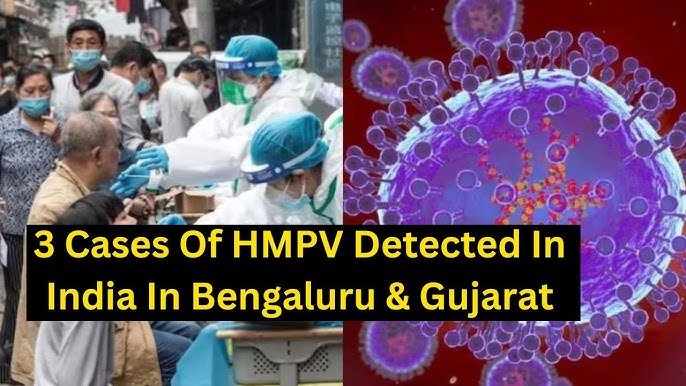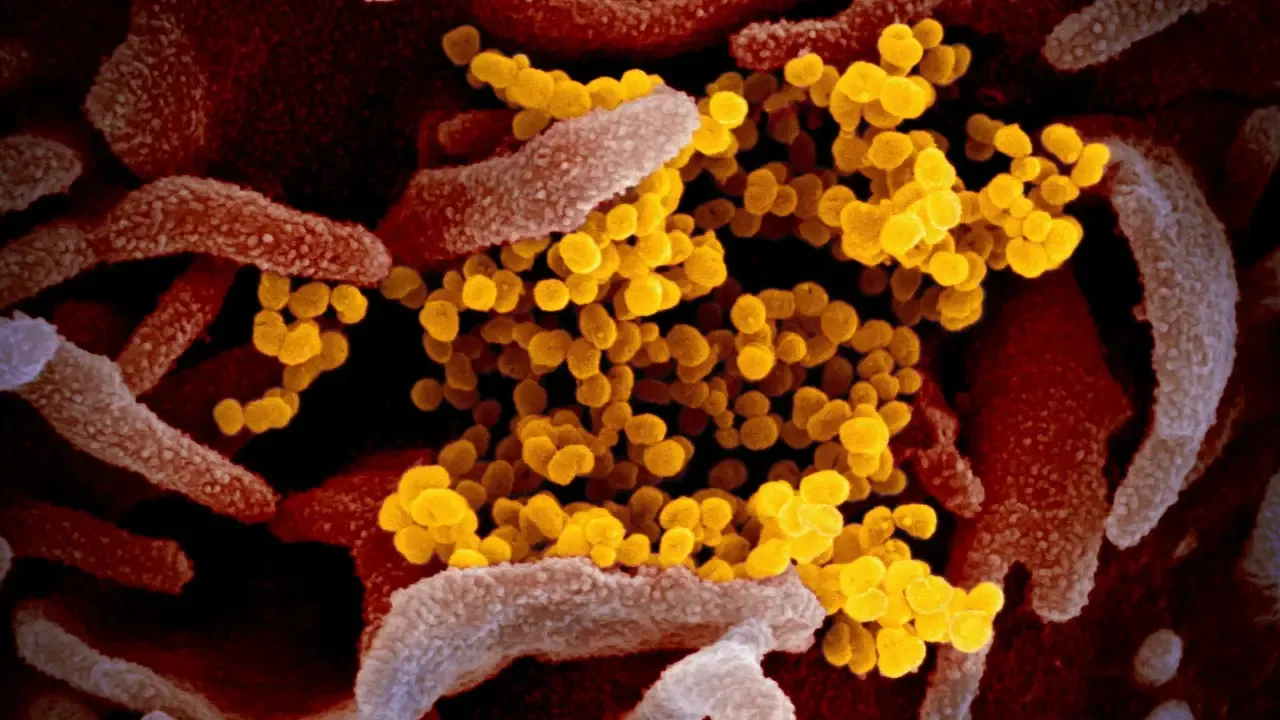Human Metapneumovirus (HMPV) is making headlines as India reports seven confirmed cases. government has issued an advisory to raise awareness about virus, its symptoms, risks, and preventive measures.
What is HMPV?
HMPV, or Human Metapneumovirus, is a respiratory virus known to cause mild to severe symptoms, including cough, fever, and pneumonia. While it primarily affects children, elderly, and individuals with weakened immune systems, virus is also contagious among healthy adults. Discovered in 2001, HMPV spreads in a similar way to flu, primarily through respiratory droplets and contact with contaminated surfaces.
Despite its prevalence, there is currently no vaccine available for HMPV. best defense remains prevention through good hygiene practices and avoiding close contact with infected individuals.
Recent Developments
Countries worldwide are monitoring HMPV cases closely, particularly after reports of increasing cases in regions like China. Public health officials are urging individuals to take precautions, especially in crowded or high-risk areas, to curb spread of virus.
HMPV Symptoms and Severity
symptoms of HMPV often resemble those of common cold or flu. While most cases are mild, certain groups may experience severe complications.
Common Symptoms:
- Cough
- Runny or stuffy nose
- Fever
- Sore throat
- Wheezing
- Shortness of breath
Severe Symptoms:
- Bronchitis: Inflammation of airways, leading to coughing and difficulty breathing.
- Pneumonia: A serious lung infection, particularly dangerous for children and elderly individuals.
- Worsening of Chronic Conditions: Such as asthma or chronic obstructive pulmonary disease (COPD).
If symptoms persist for more than a week or worsen, medical attention is essential.
Who is Most at Risk?
While HMPV can infect anyone, certain populations are at higher risk of severe illness:
| High-Risk Groups | Details |
| Young Children | Especially those under age of five. |
| Elderly Individuals | Particularly those aged 65 and older. |
| People with Weak Immunity | Includes cancer patients, organ transplant recipients, and individuals with chronic illnesses. |
| Patients with Chronic Diseases | Conditions like asthma, COPD, and heart disease increase vulnerability. |
How Does HMPV Spread?
HMPV spreads through following modes:
| Transmission Mode | Details |
| Respiratory Droplets | Inhalation of droplets from an infected person’s cough or sneeze. |
| Contaminated Surfaces | Touching objects like doorknobs, toys, or phones contaminated with virus. |
| Close Contact | Hugging, shaking hands, or sharing utensils with an infected individual. |
Given its contagious nature, HMPV can rapidly spread in crowded places such as schools, offices, and public transport.
Prevention Measures
Since no vaccine or specific antiviral treatment is available for HMPV, prevention remains primary strategy to avoid infection.
Key Preventive Measures:
- Practice Hand Hygiene: Wash hands frequently with soap and water for at least 20 seconds.
- Avoid Face Touching: Refrain from touching your eyes, nose, and mouth, especially in public spaces.
- Disinfect Surfaces: Regularly clean commonly touched items, such as door handles, tables, and toys.
- Stay Home When Sick: Isolate yourself to prevent spreading virus to others.
- Wear Masks: Use masks in crowded or poorly ventilated areas.
- Boost Immunity: Maintain a healthy lifestyle with balanced nutrition, exercise, and adequate sleep.
Treatment for HMPV
Currently, there is no specific cure for HMPV. Treatment focuses on managing symptoms and providing supportive care.
| Treatment Approach | Details |
| Hydration | Drink plenty of fluids to stay hydrated. |
| Rest | Ensure ample rest to aid recovery. |
| Over-the-Counter Medication | Use fever reducers like paracetamol for relief from fever and pain. |
| Hospitalization for Severe Cases | High-risk patients may require oxygen therapy or ventilator support in severe cases. |
Diagnosing HMPV
Early diagnosis can be crucial in managing HMPV, particularly for high-risk individuals. Diagnosis involves:
- Nasal Swab Test: Detects virus in respiratory secretions.
- Chest X-rays or CT Scans: Checks for pneumonia or bronchial infections.
- Blood Tests: Rules out other possible infections.
Key Takeaways
HMPV is a respiratory virus with symptoms ranging from mild cold-like issues to severe illnesses such as pneumonia. absence of a vaccine underscores importance of preventive measures like hygiene and wearing masks in crowded spaces. High-risk groups, including children, elderly, and individuals with weakened immunity, should remain vigilant.
Awareness, early detection, and timely medical care can help mitigate risks associated with HMPV. By adhering to preventive measures, individuals can protect themselves and their families from this respiratory virus.
Disclaimer
information provided in this article is for educational and informational purposes only and is not a substitute for professional medical advice. Consult a healthcare professional for personalized medical advice and treatment. Always follow guidelines issued by health authorities and your local government.

